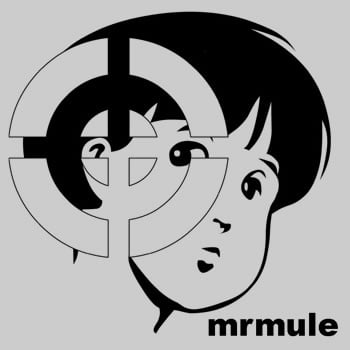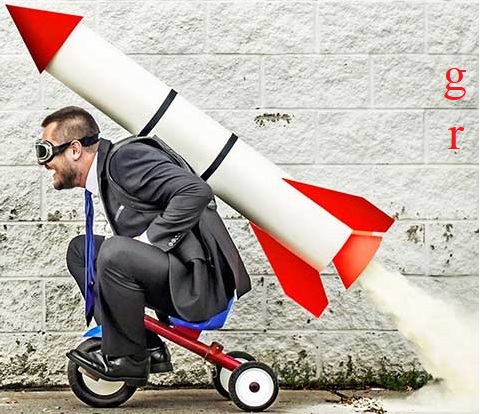I’ve learned about them in school, but I’ve never heard anyone say something is 8 decameters long or anything like that. I’m an American.
For distance, no. Day to day we use mm, cm, m and km. But in more specialised settings (e.g. construction) I’ve seen sometimes decameters.
For weight yes, grams, hectograms, kg, tons. Liquids is usually ml, cl, liters, hectoliters (not sure it’s spelt that way).
In labs I’ve also seen also micro and nano of all three units.
Use cubes for water. Short for cubic meter. That is 1 meter by 1 meter by 1 meter which is also exactly 1000 liters.
This is one of the convenient metric parameters where they made an easy conversion allowing you to precisely use distance to calculate volume.
In Poland: decimeters are sometimes used (I have been ordering cut sheet metal priced by square decimeters) , I have not seen decameters in use. Hectopascales are often used in weather reports. Decagrams are often used when buying food where these amounts make most sense (meat, candy).
The ‘more exotic’ prefixes are usually only used with some specific SI units and in very specific contexts.
As an American who has gotten very used to metric units in studying engineering, the general rule I picked up is that you typically only change units every three orders of magnitude. So 8 decameters would typically be expressed as 80 meters, maybe 0.08 kilometers. Decameters and hectometers are a thing, but they’re not common units. Even centimeters don’t see much use compared to millimeters.
We usually go for the 3 order rule, but in the case of areas and volumes, for dimensional reasons, dam and hm make it into the three order rule. Dm (or dam) is not common but dam^3 has some uses, the same goes for hm, hm is used for only special situations (like meassuring train distances), but hm^2 is almost globally used for big chunks of land. Also, with hm^2, we always keep the unit, so for example, Parque Nacional Iguazú in Argentina has 67620 hm^2 (also ha or hectarea).
I’m also an engineer and I generally despise imperial units, but I have to say that inchs are pretty handy and the 1 in = 25,4000… mm relation is pretty neat
In The Netherlands we actually use “hectometerpaaltjes”, which translates to hectometer-signs. They are numbered signs placed on regional roads and highways every 100 meters, which is a hectometer. Although not a direct use of measurement, the term hectometer still is in active use this way.
It depends on the situation, sometimes they are really handy but most of the time we stick to kilo, centi and mili.
Where i live, Hecto (100x) is used, for example to measure distances and areas for big properties. 1 hectometro equalls 100 m, or 1 hectarea (hm^2) equals 10000 m^2.
Also, it is widely use for pressure, cause 1 atm is 1013 hPa
Decameters are used but for special situations, like quantifying natural gas consumption
in school in austria we teach dezimeter (tenth of a meter)
Decimeter is used in older American botany books for some reason. Only place I’ve ever seen it
I think hectare, decibel are few of them?
In metric units, we primarily use the x1000 or x1/1000 steps, with a few notable exceptions. We use the centimeter (1cm = 1/100m) quite commonly, the centiliter (1cl = 1/100l) is also relatively common with drinks, and, IIRC, the Austrians use the deka, short for decagram (1dg = 10g).
Decilitres/centilitres are relatively common, but they’re the only ones that come to mind.
Sweden uses decimeters and deciliters
Sweden is also the only country in the world to have a sensible use of the word ‘miles’ (or ‘mil’ in Swedish):
10km = 1 mil
They use this a lot when speaking of travel distances longer than 20km.
In Canada anything over 20km is referenced as time. “it’s about an hour drive”
Is deca-yards (decayards?) a word? Centayards?
If not, should they be words?
Dekametre and hectometre, rarely. Mostly mm, cm, m, km.
In Europe, hg is relatively common, whereas in Canada, prices for deli products are “per 100 g” instead of per hg.
Also in Europe, cl and dl are common in recipes and bottles of alcohol, but in Canada, almost uniquely mL and L. (And yes, lowercase litre in Europe, but uppercase Litre in Canada, although that’s gradually changing.)
I used to do land surveying in Canada and we’d use “decs” for decimetres when laying out points. You’d put down the rod, they’d tell you something like “dec and a half left” then you’d move closer and it’d be “two cents right” and you’d be even closer and then it’s like “3 mils right.” Then you’d take the shot and they’d tell you how much closer or farther you’d have to go to get the point. If you were way off to the point where you might have tens of metres, usually for rough layout we’d rarely use “dee-kays” for dekameters, but typically it would be just “30 metres north”.








